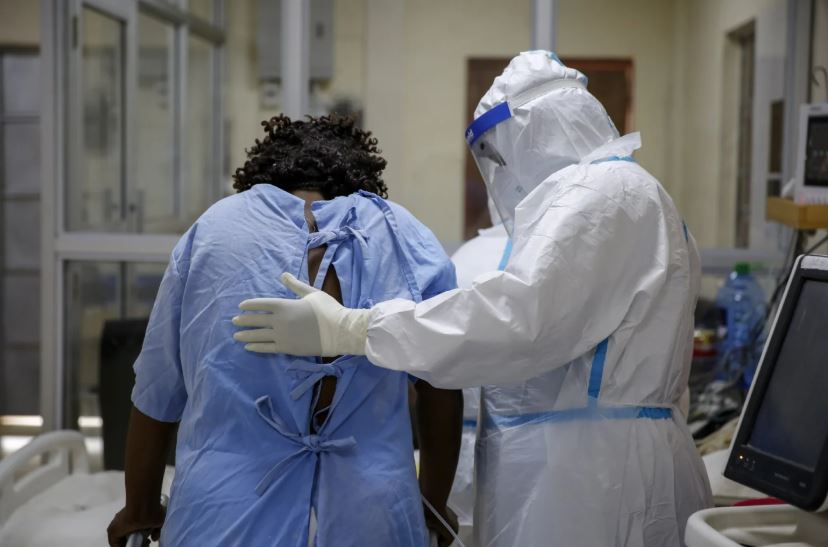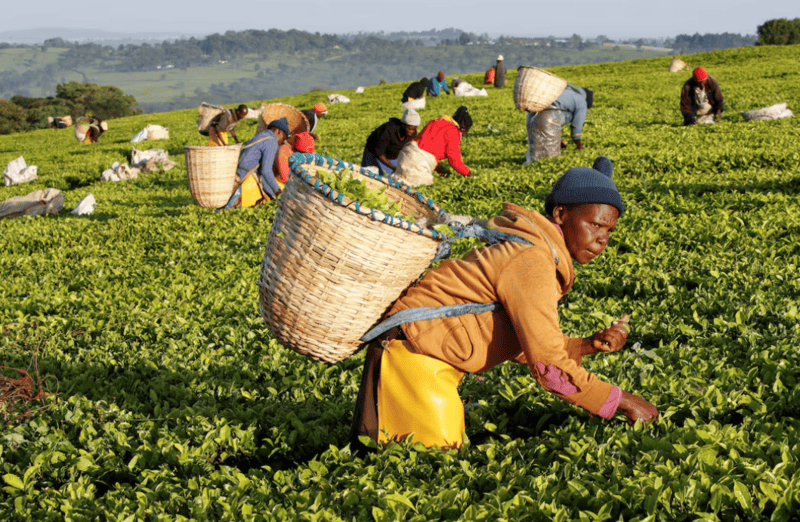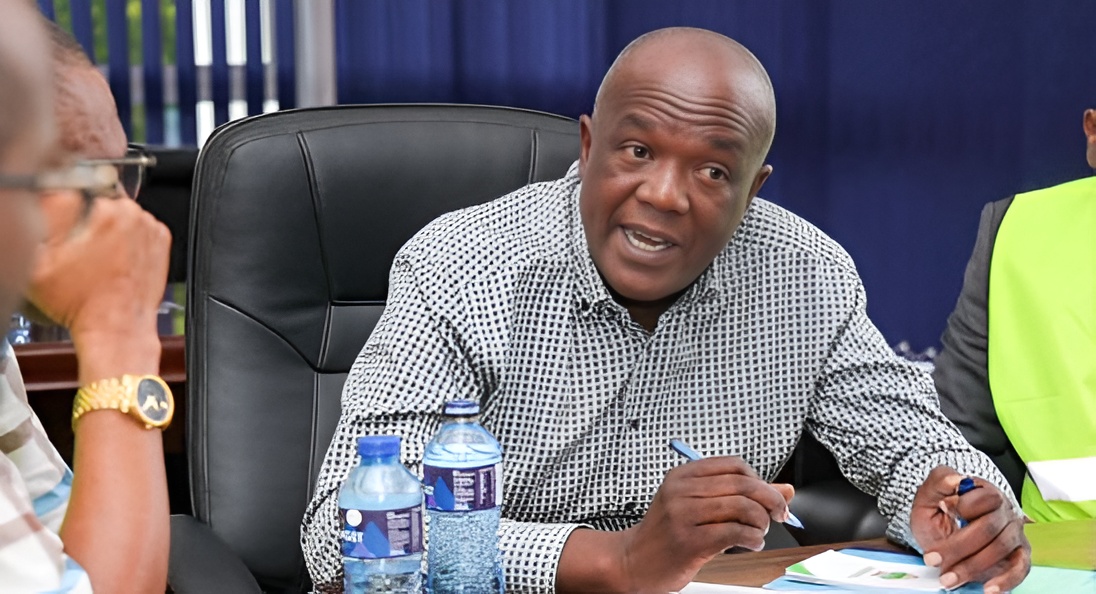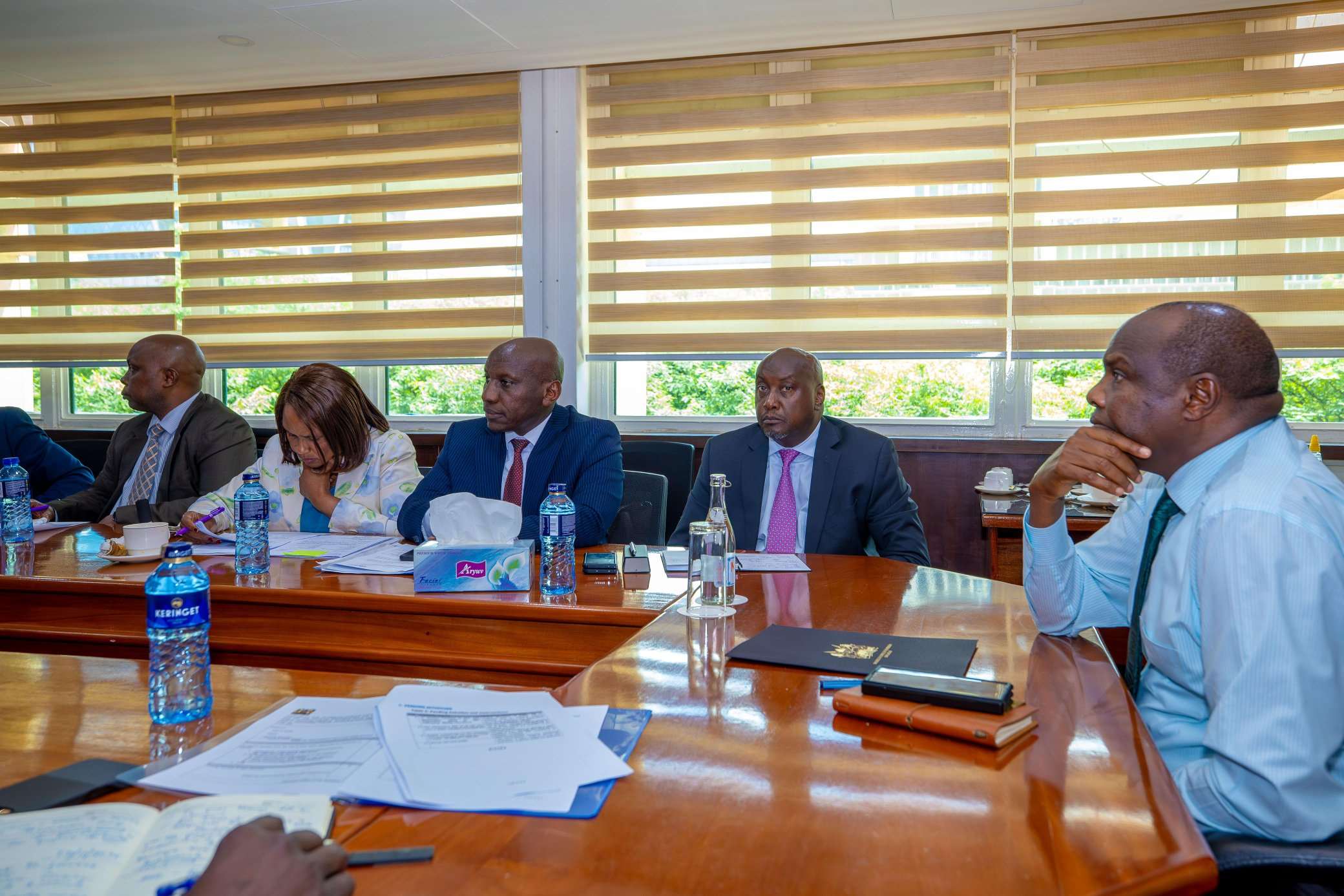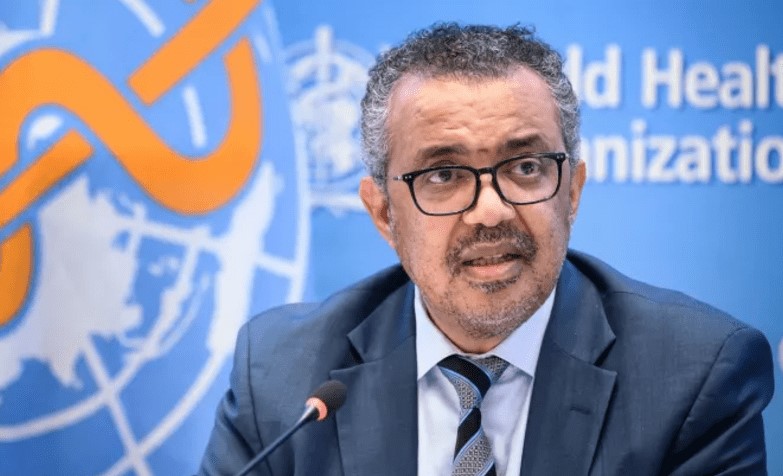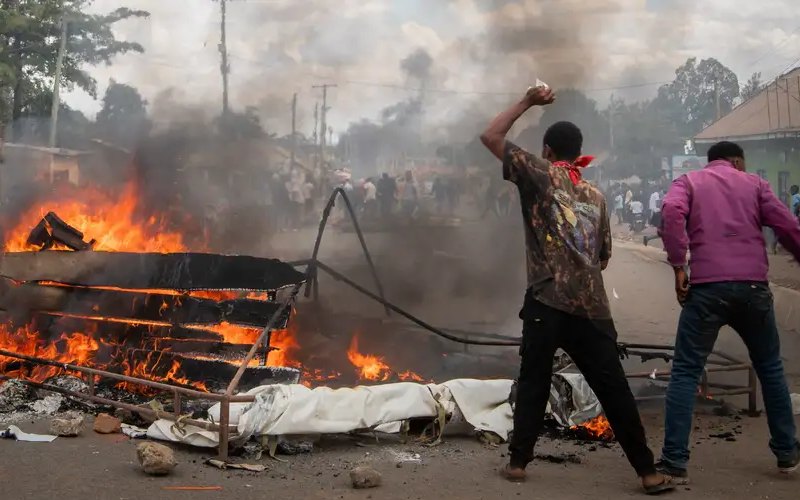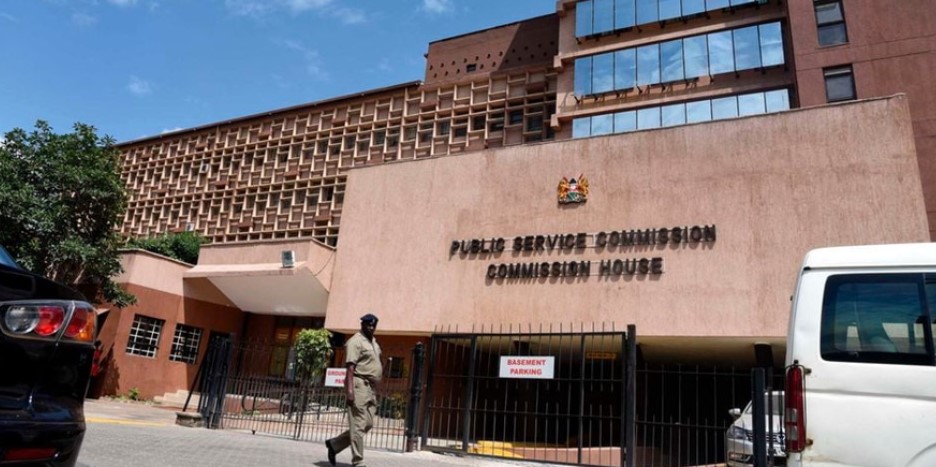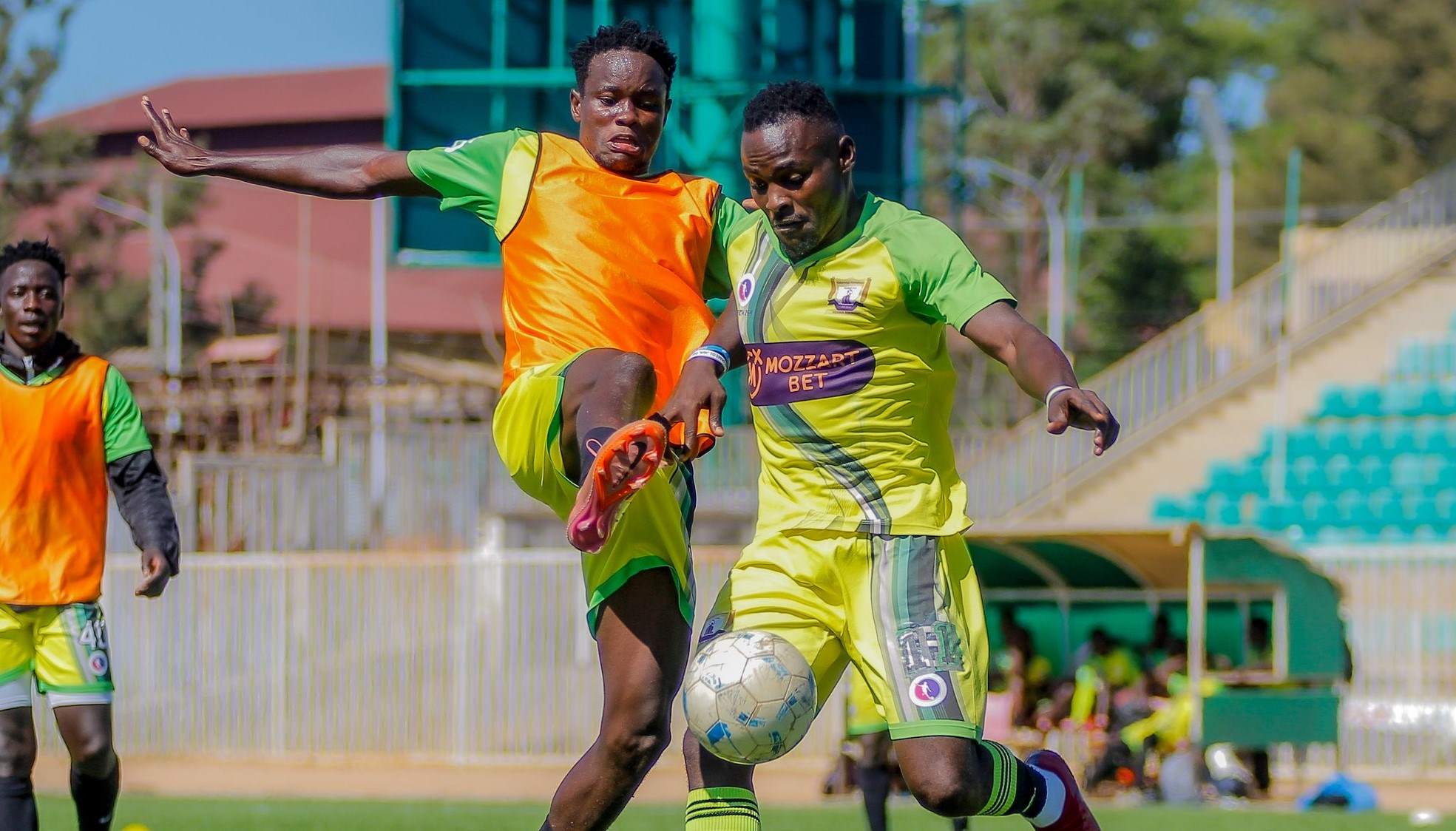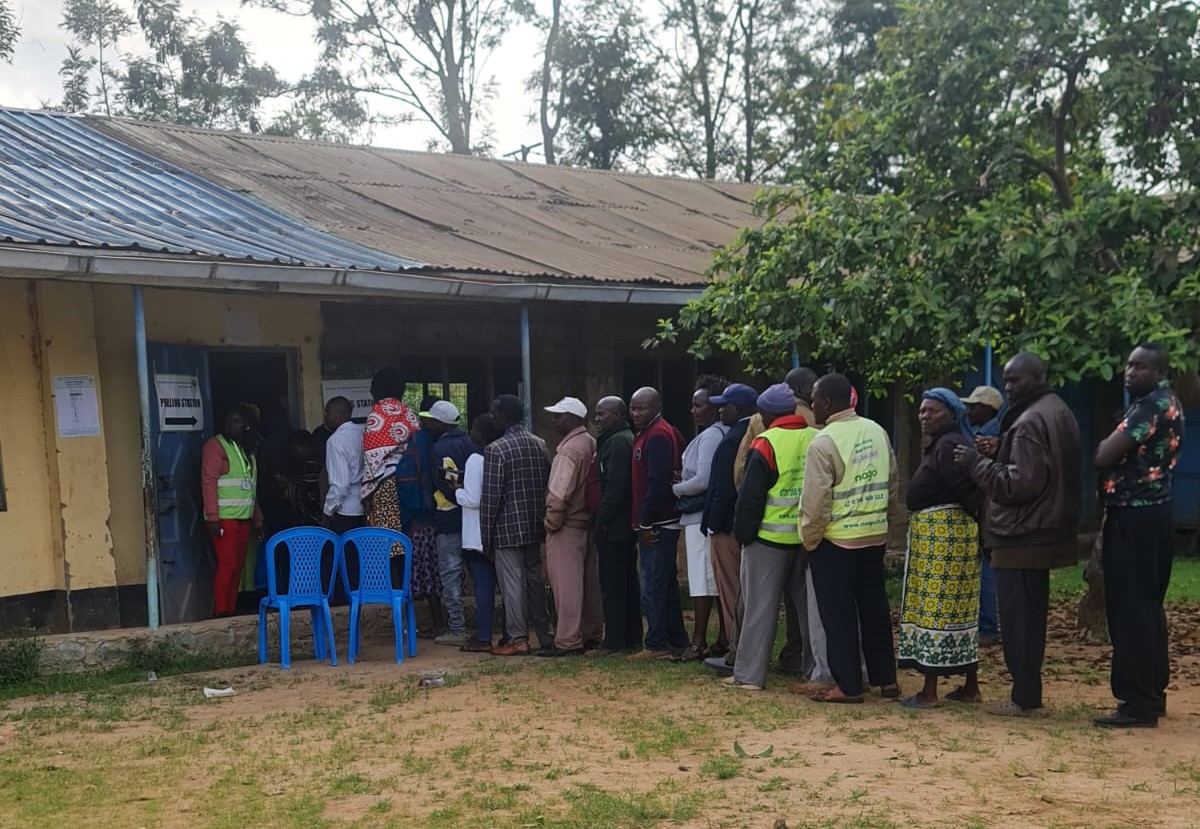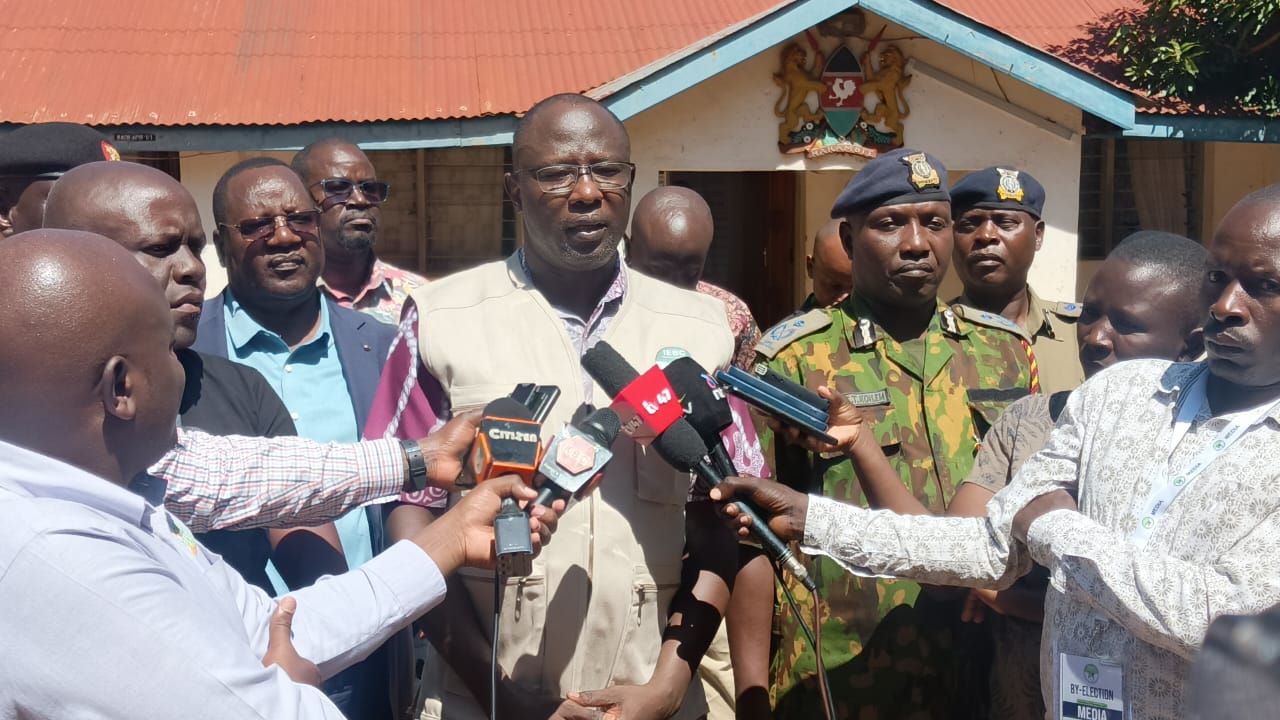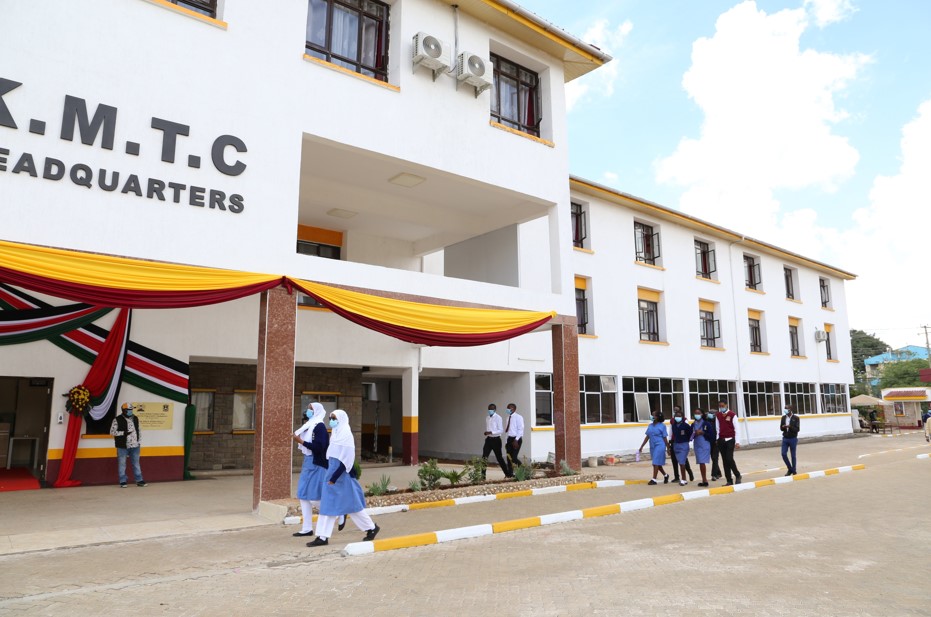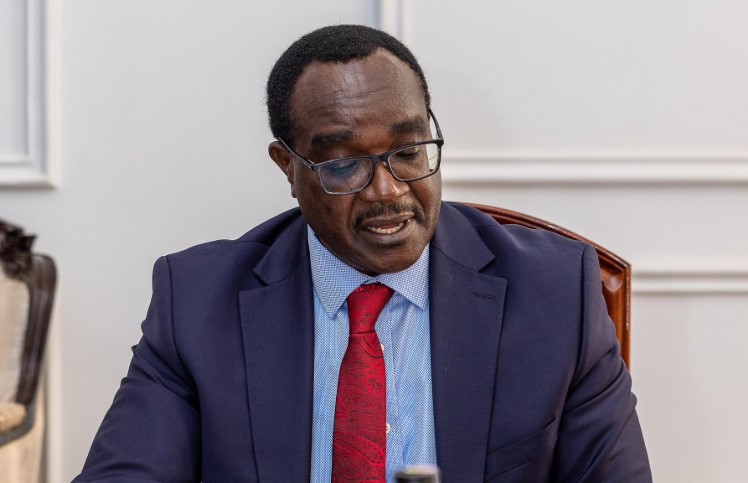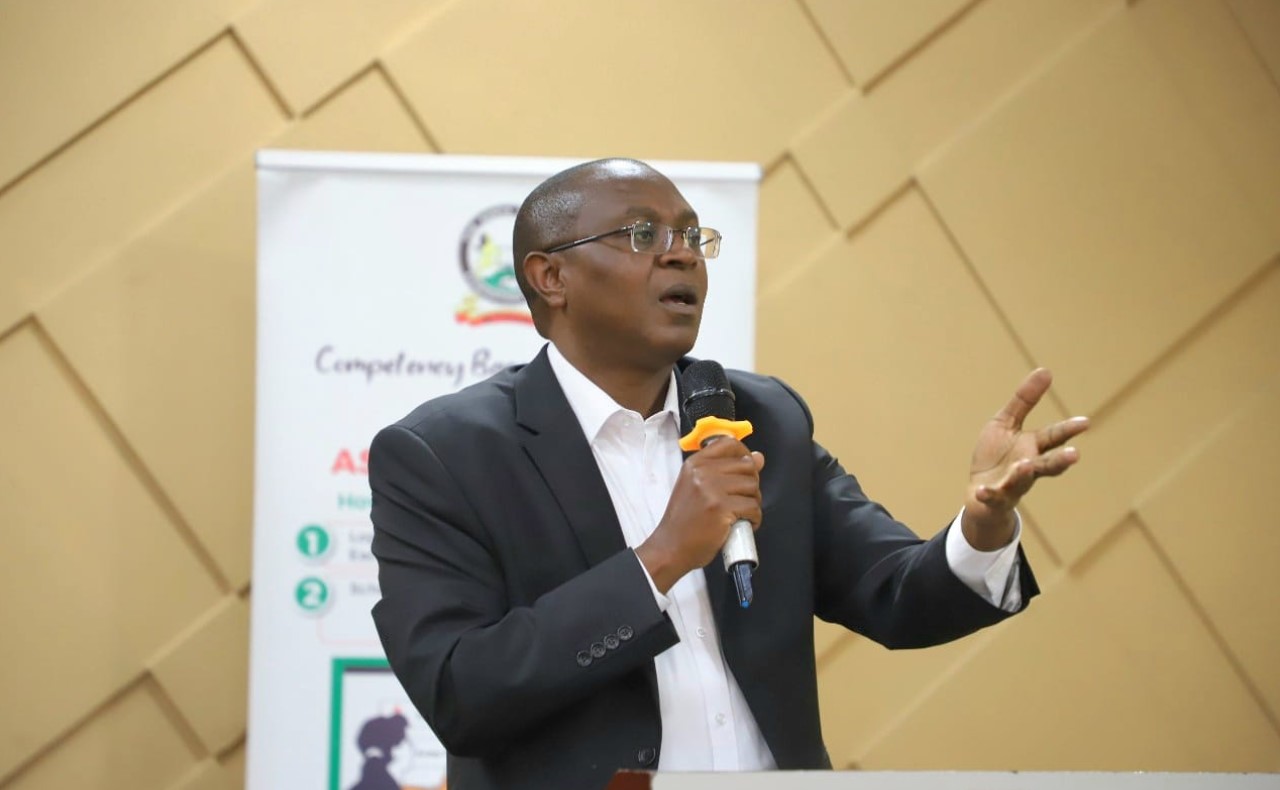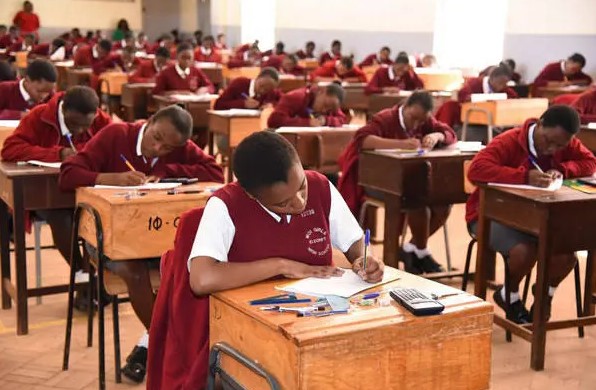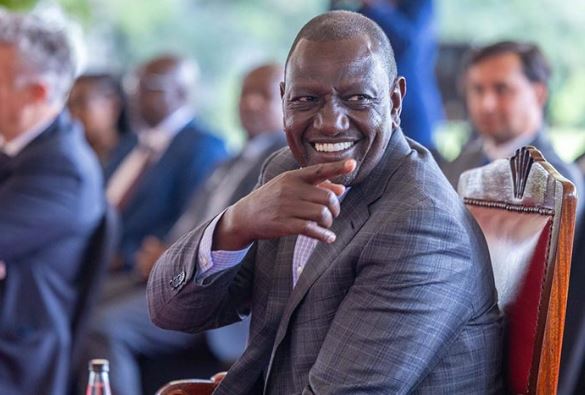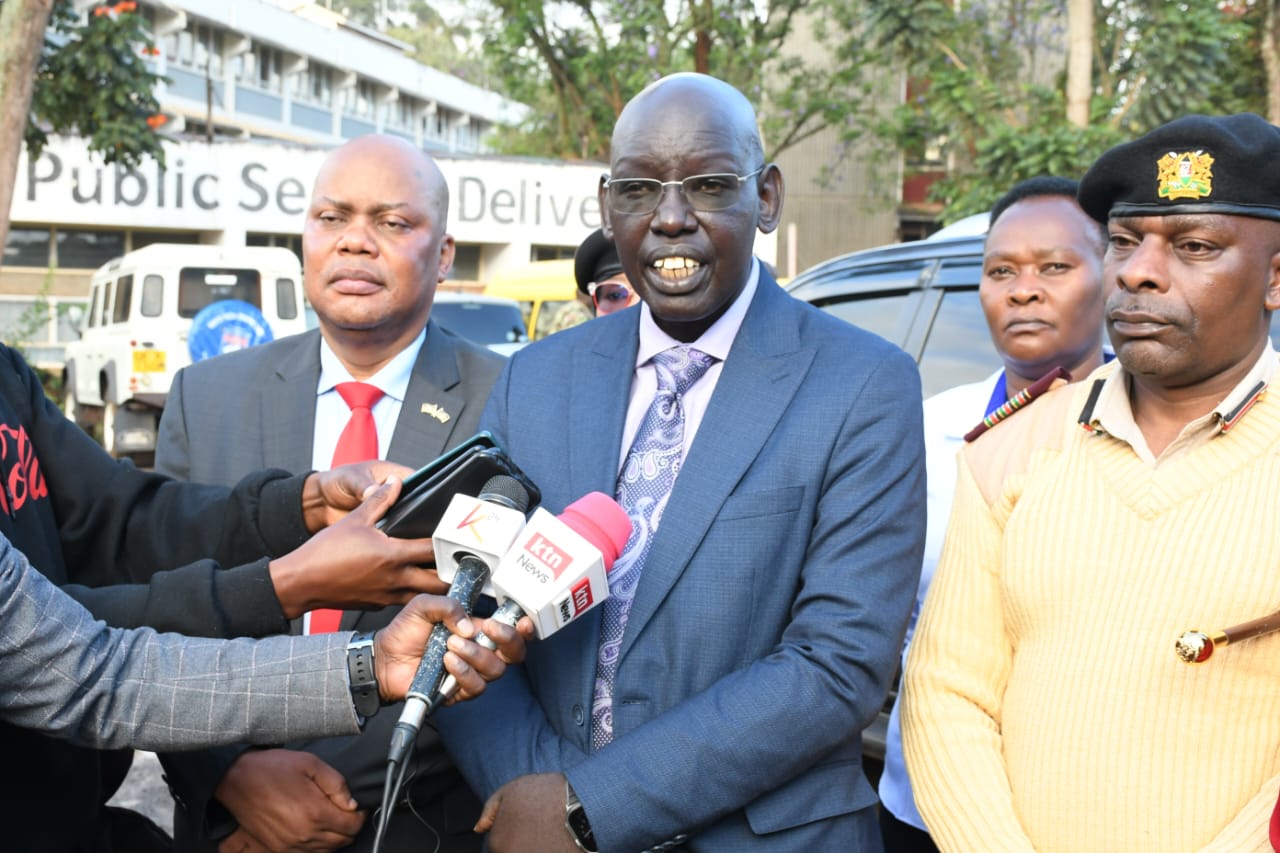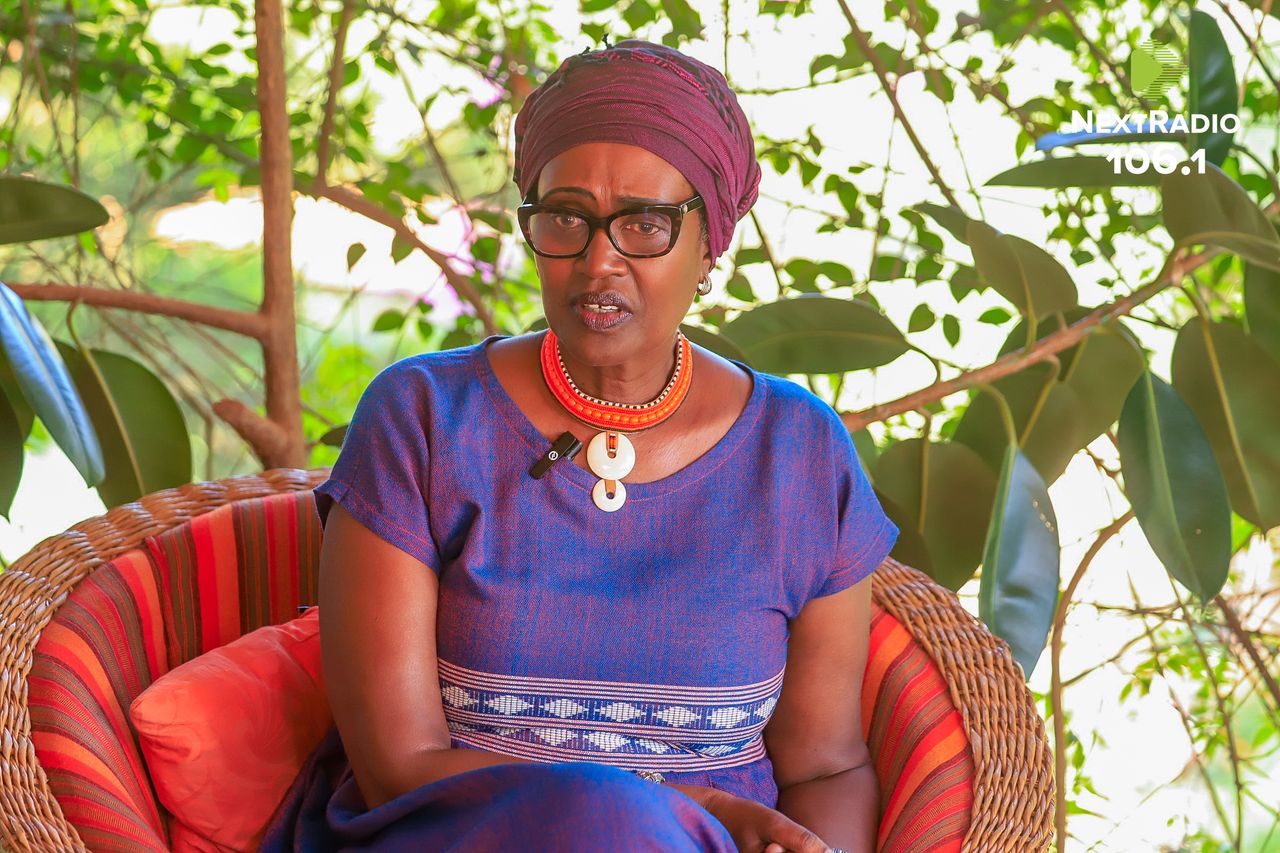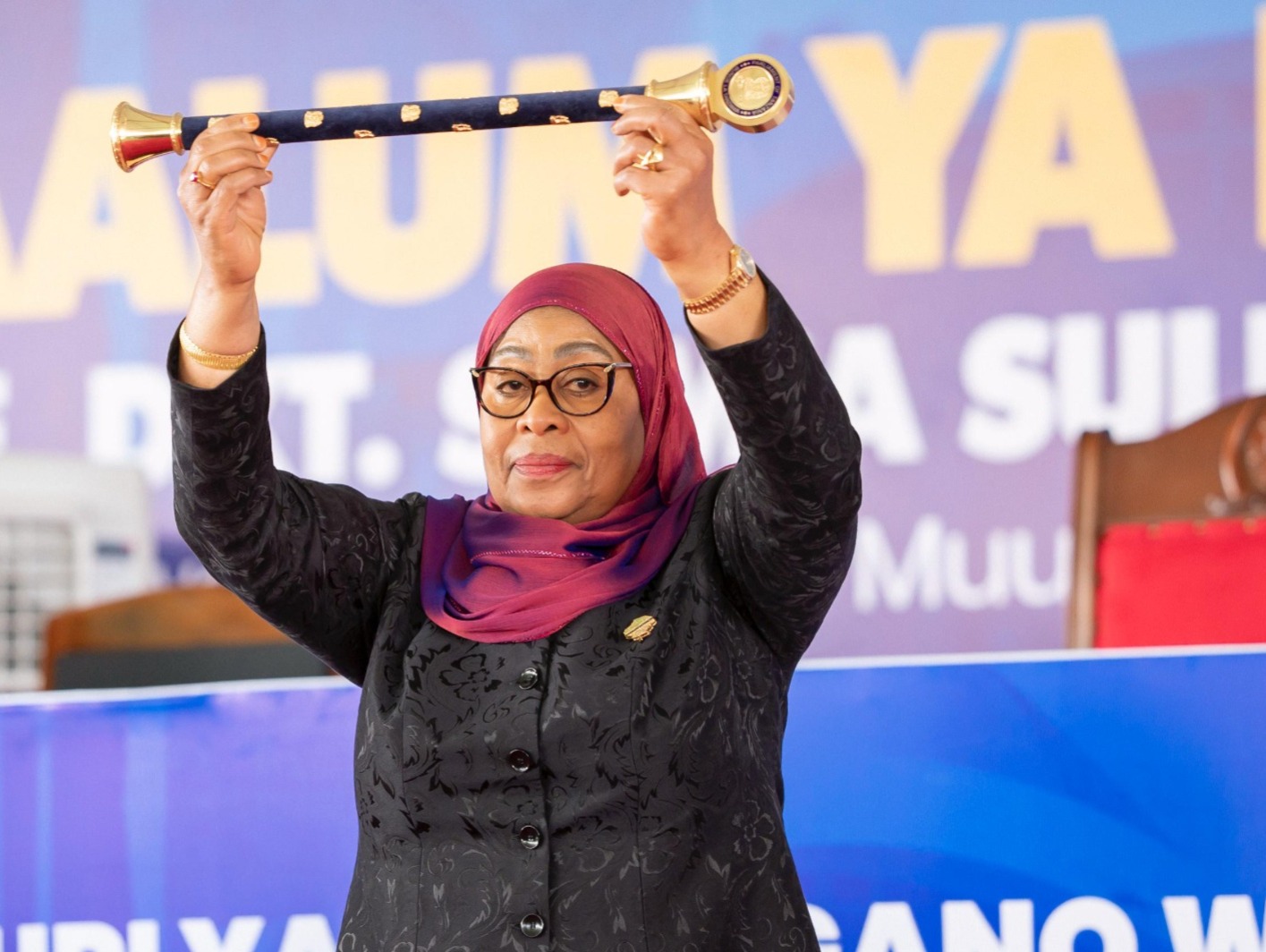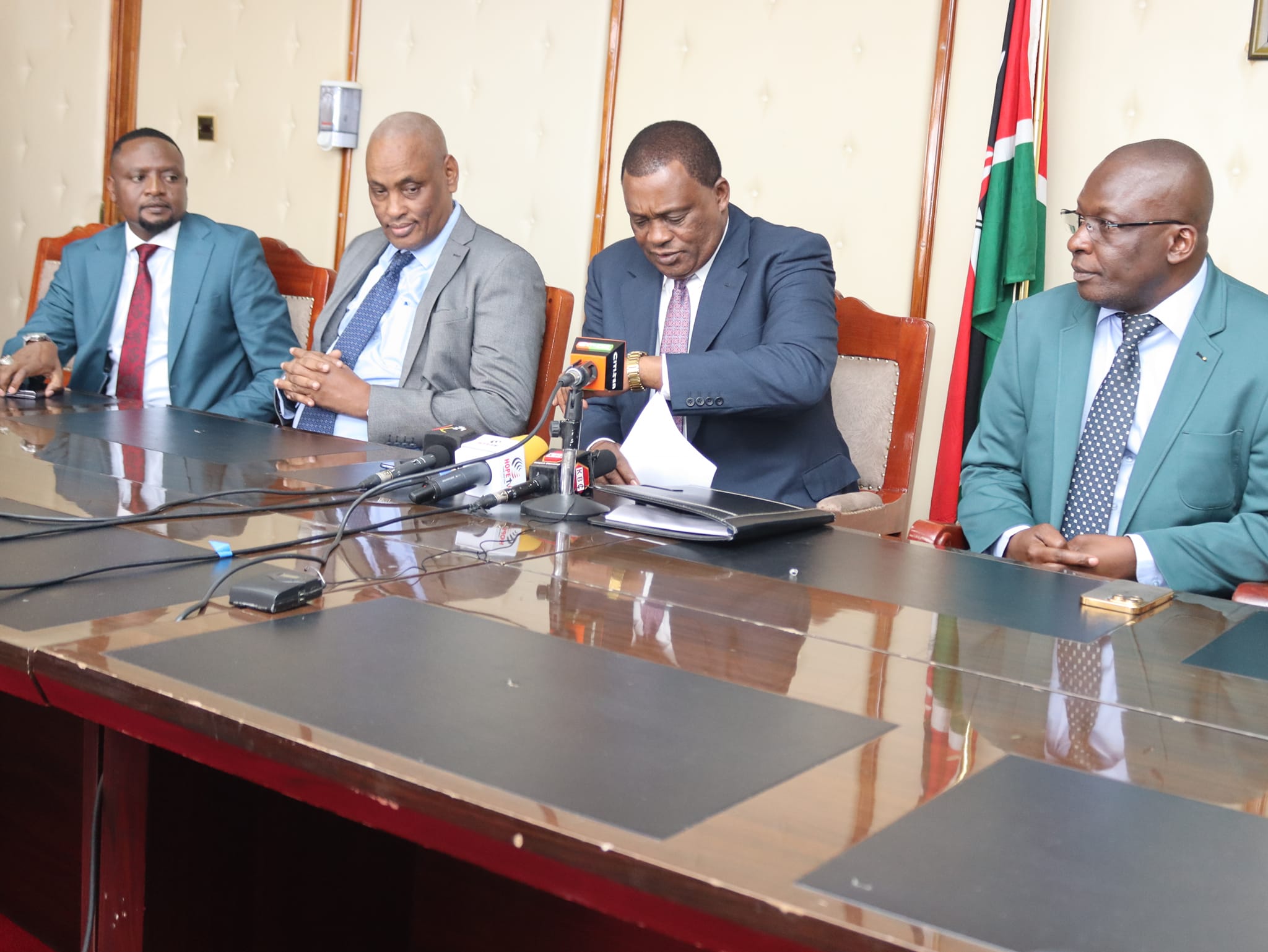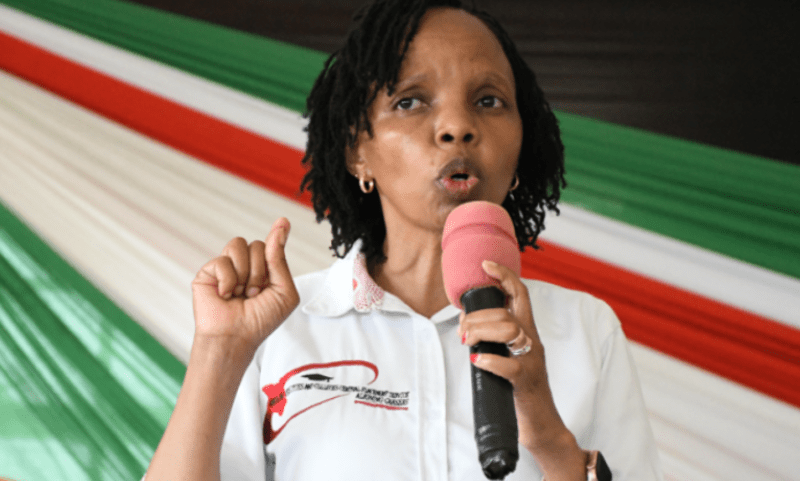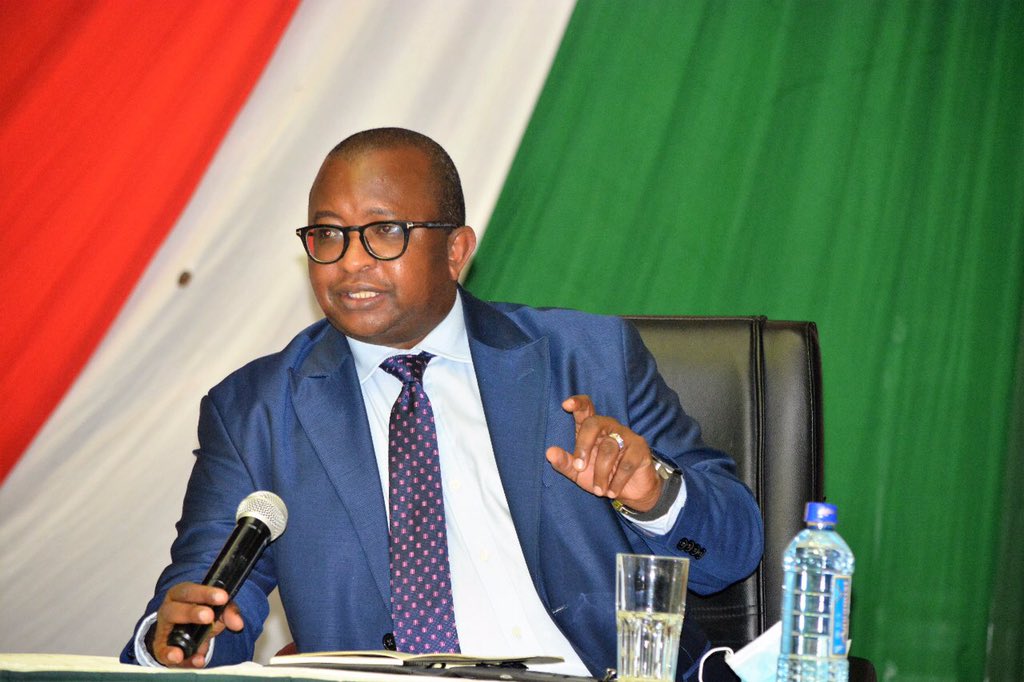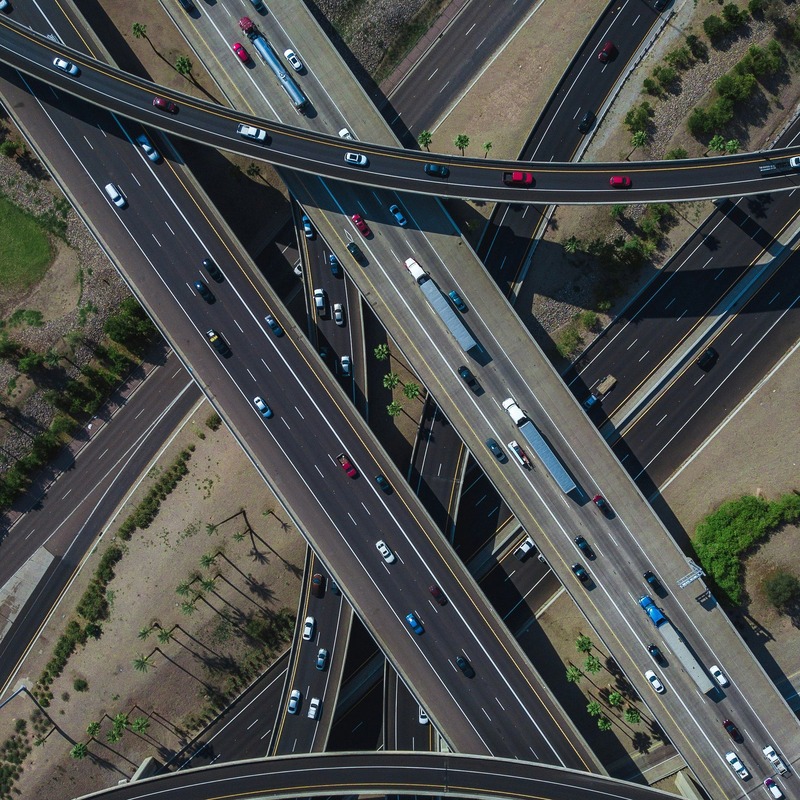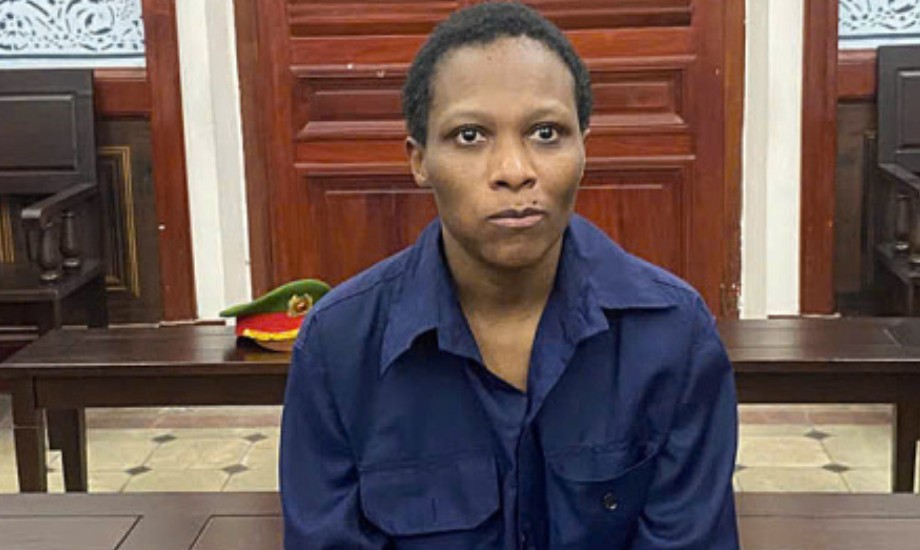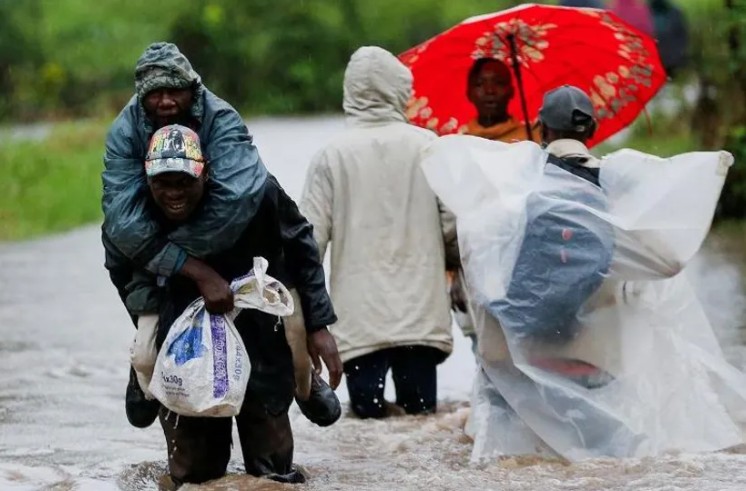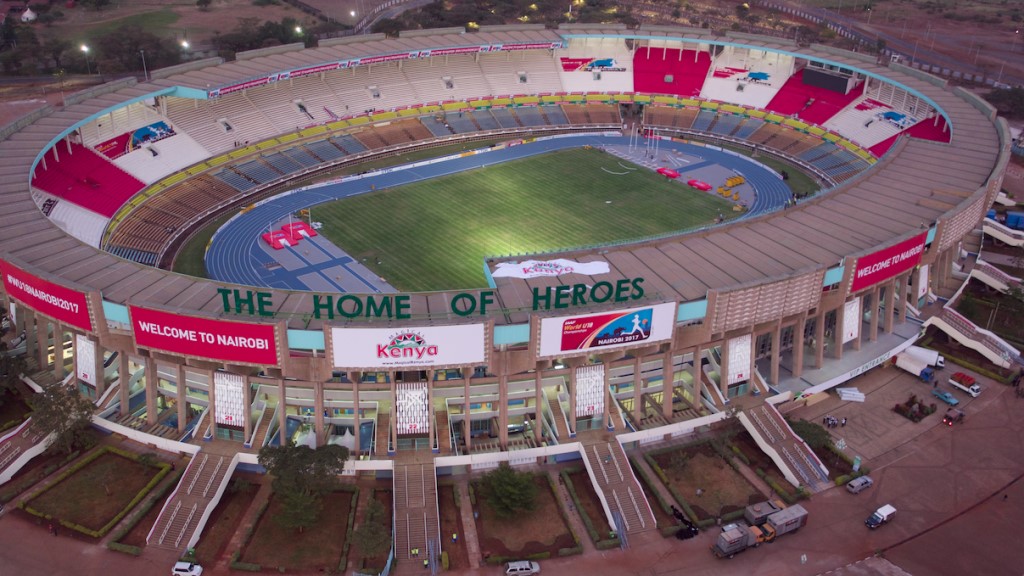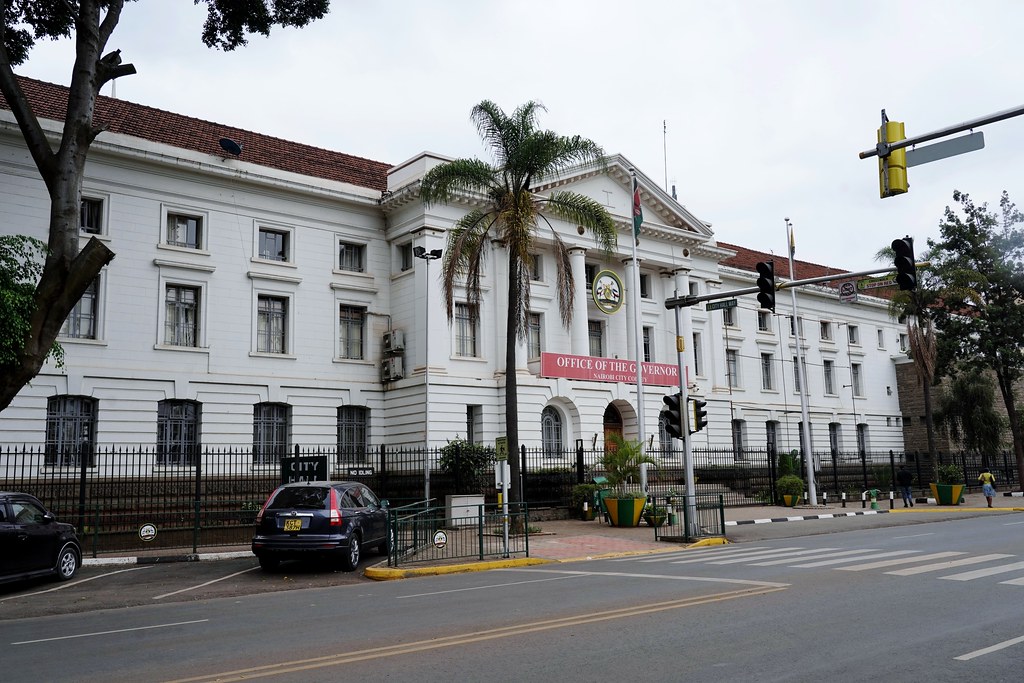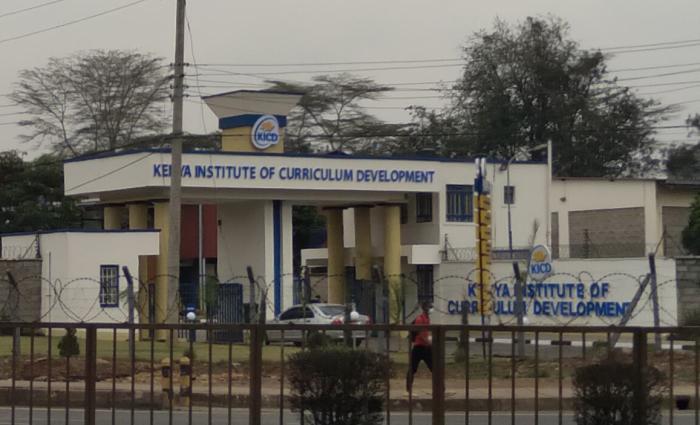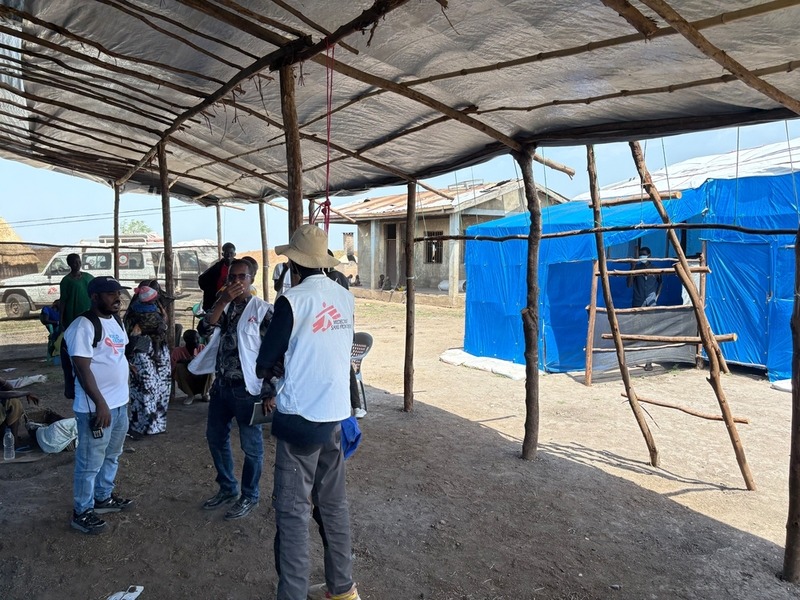SGR sees first passenger decline since 2020 as fare hike boosts revenue by 39 per cent

Despite the decline in passengers, the fare hikes resulted in a significant revenue boost, with total earnings rising to Sh4.09 billion, an increase of 39 per cent from the Sh2.93 billion recorded in 2023.
The number of passengers using the standard gauge railway (SGR) Madaraka Express declined by 10 per cent last year, the first such drop since the Covid-19 pandemic, falling from 2.72 million in 2023 to 2.44 million in 2024.
However, data from Kenya Railways Corporation (KRC) shows that despite the decline in ridership, increased ticket fares helped cushion revenue losses.
More To Read
- SGR extension to Kisumu, Malaba set for January launch - Ruto
- Kenya Railways banks on property sales to settle Sh2.26 billion pension debt
- Kenya to raise Sh390 billion bond for Naivasha–Malaba SGR extension
- Auditor General warns Kenya Railways’ Sh569 billion loan default could burden taxpayers
- Kisumu rail services to resume by December after 2024 flood damage
- Nairobi-Embakasi train service emerges as top-earning rail route
The drop in passenger traffic follows a hike in ticket prices, with fares rising by up to Sh1,500 at the start of 2024.
The increase led to a decrease in the number of passengers, as many responded to the higher prices. KRC raised fares by 50 per cent, with first-class tickets from Nairobi to Mombasa climbing to Sh4,500 from Sh3,000, while economy class fares rose from Sh1,000 to Sh1,500.
Despite the decline in passengers, the fare hikes resulted in a significant revenue boost, with total earnings rising to Sh4.09 billion, an increase of 39 per cent from the Sh2.93 billion recorded in 2023.
“This revenue surge helped offset the impact of the drop in ridership,” reads the report.
However, KRC continues to face challenges in balancing revenues and operational costs.
Passenger traffic
The 2024 decline in passenger numbers marks the first time the SGR has recorded such a dip since 2020, when the Covid-19 pandemic triggered severe disruptions to transport services. Before that, the SGR had consistently seen growth in passenger traffic, except for 2020 when travel restrictions were enforced.
KRC has attributed the fare hikes to rising fuel costs, which have affected both inter-county and express trains.
The SGR, which began passenger services in 2017, has faced financial difficulties in generating enough revenue to cover its operational costs and repay a multibillion-dollar loan taken from China in 2014 and 2015 to fund the railway’s construction and purchase of wagons.
In 2021, the government controversially diverted Sh18.1 billion from the Petroleum Development Levy fund to Africa Star Railway Operation Company Ltd (Afristar) — the Chinese firm operating the SGR.
In addition to the challenges in passenger revenues, KRC reported a four per cent drop in earnings from cargo services, which brought in Sh13.97 billion in 2024, compared to Sh14.68 billion in 2023.
The slight decrease in cargo tonnage — falling from 6.533 million metric tonnes in 2023 to 6.53 million metric tonnes in 2024 — was compounded by increased competition following the revocation of a 2022 directive that required all cargo from the port of Mombasa to be ferried via the SGR.
The freight business had been the main source of revenue for the SGR, but the government’s decision to lift the compulsory cargo directive in 2022 has intensified competition for the railway service.
The government has said it continues to explore ways to improve the SGR’s financial stability, as it struggles with both revenue challenges and the ongoing loan repayment obligations for the initial construction project.
Top Stories Today

